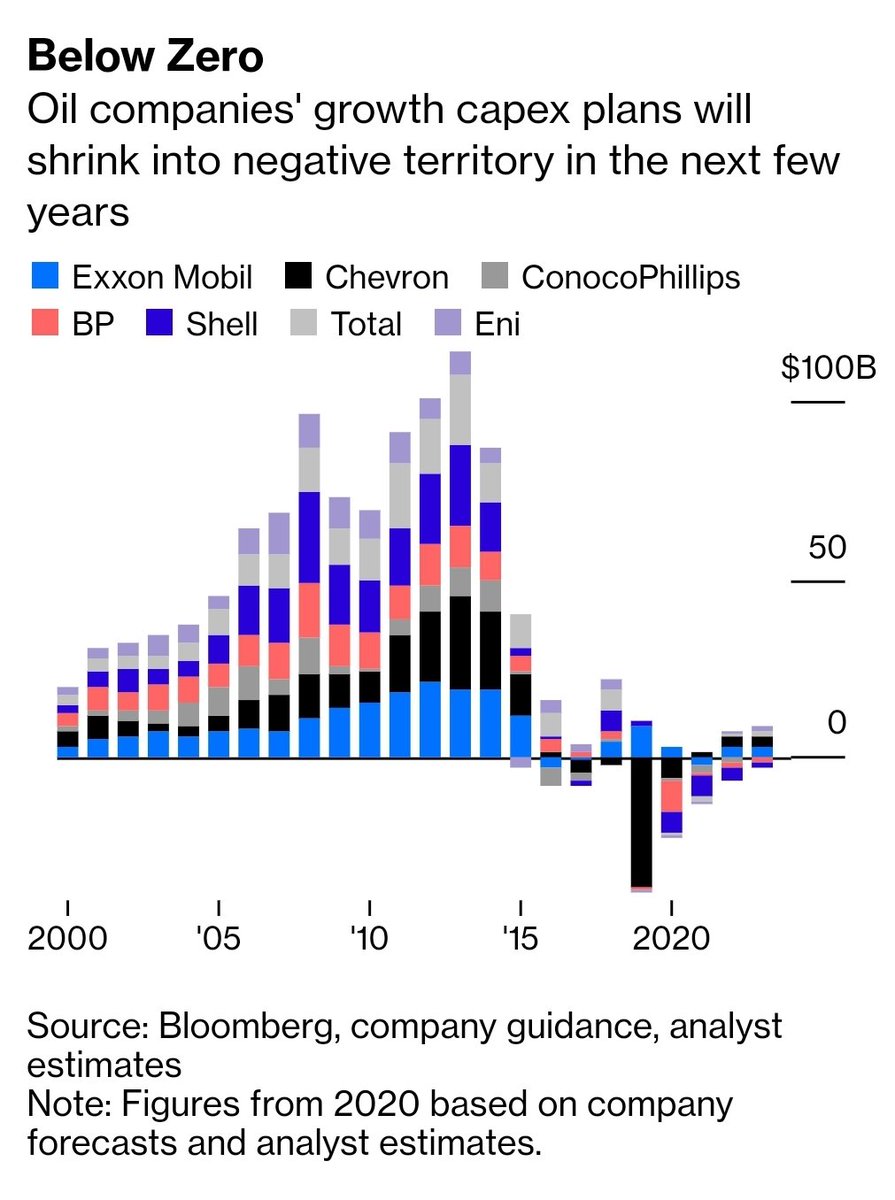
Idle late night thought about all this UFO stuff:
If an extraterrestrial civilization sent surveillance drones to Earth, it's almost certainly not humanity that prompted it, but pond slime.
If an extraterrestrial civilization sent surveillance drones to Earth, it's almost certainly not humanity that prompted it, but pond slime.

As I laid out in this old thread, the odds of human civilization's electromagnetic signature showing up clearly at interstellar distances are really low.
The chances of ET civilizations getting spacecraft here since the dawn of the radio age are lower.
The chances of ET civilizations getting spacecraft here since the dawn of the radio age are lower.
https://twitter.com/davidfickling/status/1211028372333056000?s=19
HOWEVER the more distinctive signal that Earth might be showing is the abnormally high concentrations of oxygen in the atmosphere, produced by blue-green algae, and theoretically visible by spectroscopy whenever the Earth crosses the disc of the Sun.
Oxygen is very reactive so shouldn't show up in the concentrations of 21% that we see on Earth, without some process forcing it — life.
This is the same theory that led to claims of life on Venus after phosphine was supposedly detected in the atmosphere:
nature.com/articles/d4158…
This is the same theory that led to claims of life on Venus after phosphine was supposedly detected in the atmosphere:
nature.com/articles/d4158…
Earth has has abnormal atmospheric oxygen for a billion years or so, so there's plenty of time for ET civilizations to have sent surveillance drones to check it out.
I'm quite skeptical of a lot of sci-fi scenarios but don't find it at all far-fetched that a civilization not *that* much more advanced than ours would send such satellites to any planets which showed up such suggestive atmospheric signatures.
Think of them as an interstellar equivalent of the thousands of oceanic monitoring buoys floating in the ocean. You just want to keep an eye on what's going on out there.
I think Avi Loeb's theory of that weird asteroid-type object 'Oumuamua is pretty similar: forbes.com/sites/brucedor…
• • •
Missing some Tweet in this thread? You can try to
force a refresh





